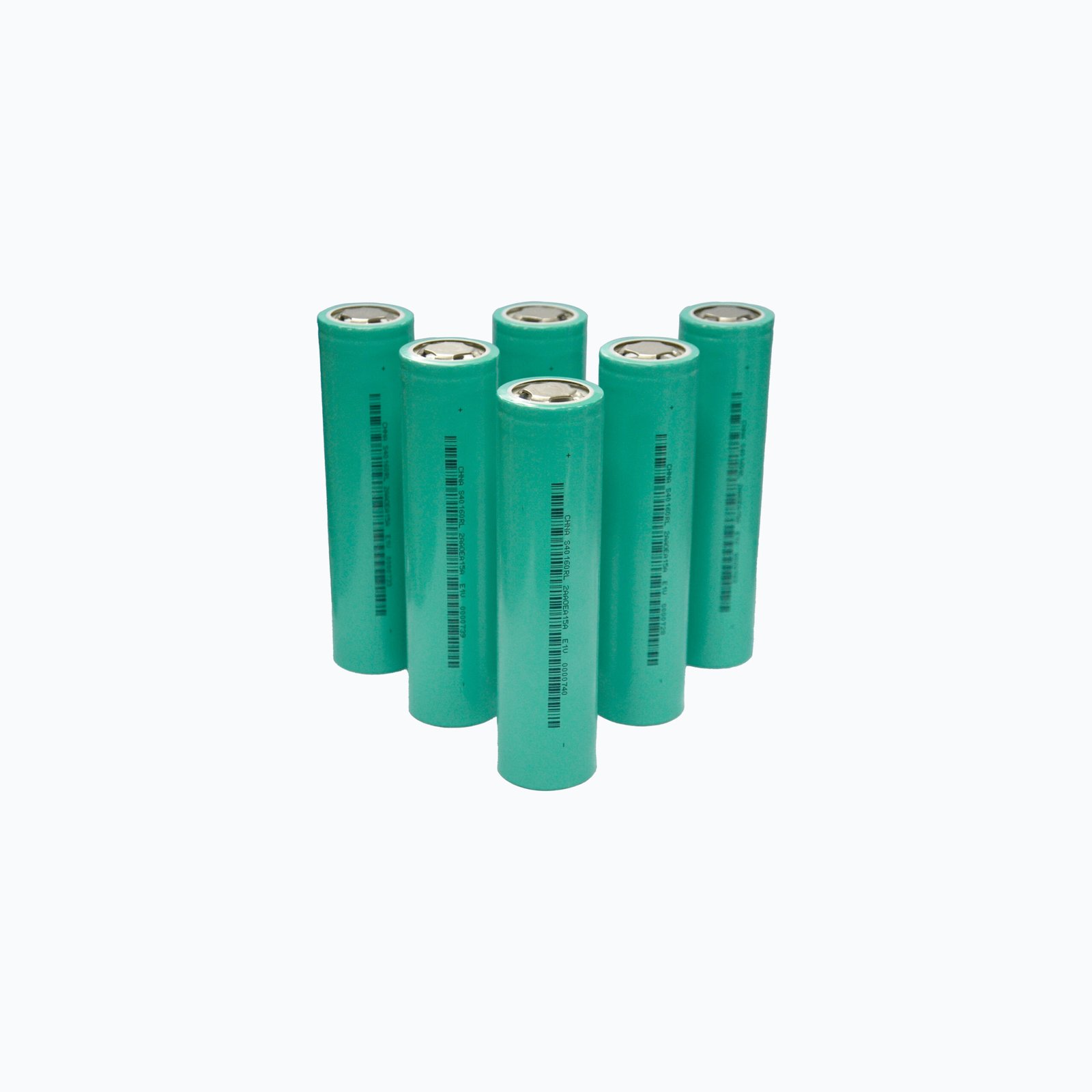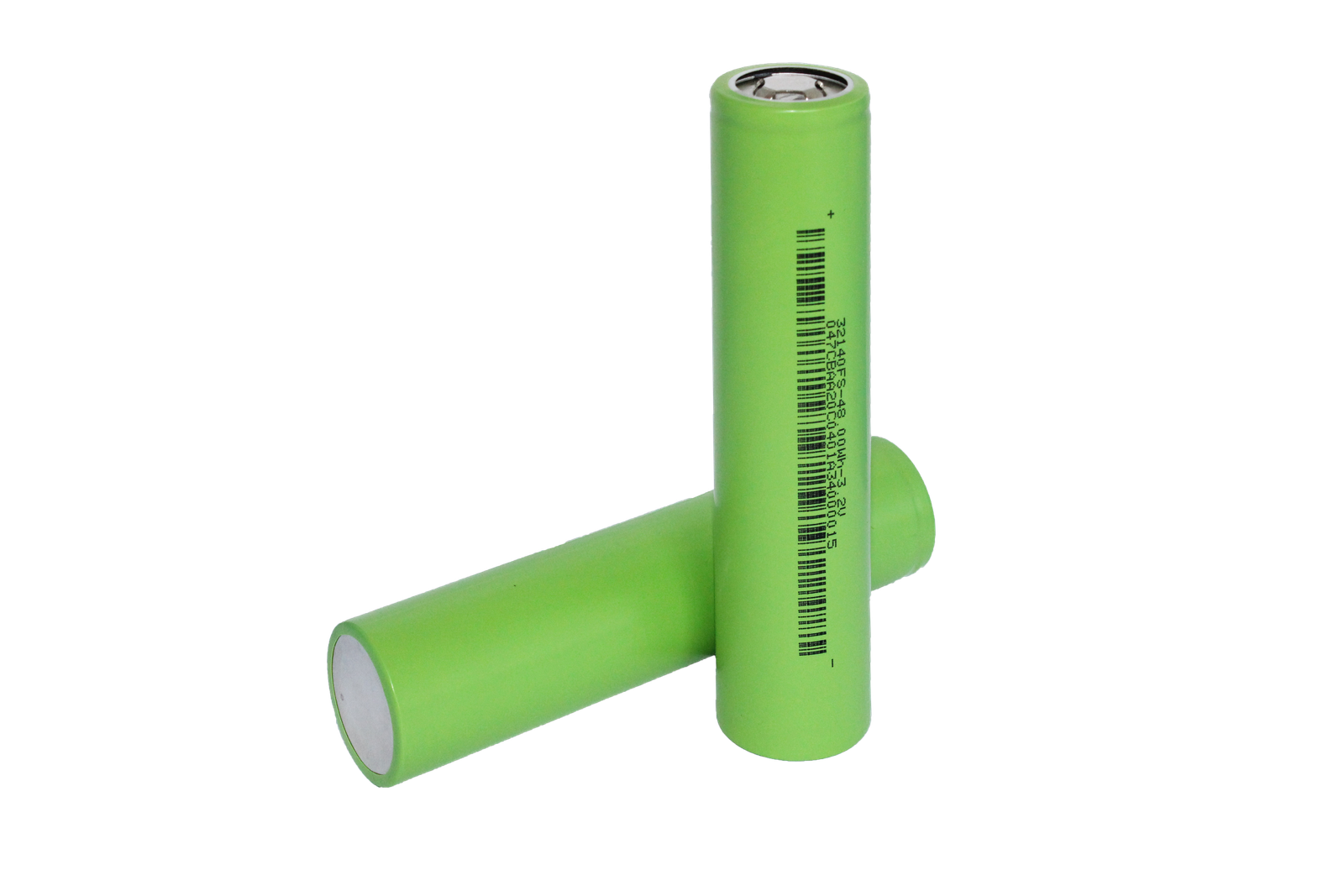Do you ever wonder how long your lithium-ion battery can sit before it’s completely drained? It’s a common question with a few important factors to consider.
Lithium-ion batteries can last for months, even years, without charging, but it depends on the storage conditions and the battery’s initial state of charge. Self-discharge and environmental factors play a big role.
Let’s get into the details. Understanding how lithium-ion batteries behave when not in use can help you maximize their lifespan. So, keep reading to learn more!
What Happens If You Don’t Charge a Lithium Battery?
Ever left a device untouched for a while and found the battery dead? It’s a frustrating experience.
If you don’t charge a lithium battery, it will gradually lose its charge due to self-discharge. If the battery is left uncharged for an extended period, it can drop to a voltage level that makes it difficult or impossible to recharge.
Let’s look at what really happens when you leave a lithium battery sitting around.
Self-Discharge Rate
Lithium-ion batteries have a natural self-discharge rate. This means they slowly lose their charge even when they’re not being used. The rate of self-discharge depends on several things, like the battery’s age, its chemical makeup, and the temperature it’s stored at. Generally, a lithium-ion battery will lose about 1-2% of its charge per month at room temperature.
Voltage Drop
As a lithium-ion battery self-discharges, its voltage decreases. If the voltage drops too low, it can enter a "deep discharge" state. This can damage the battery and make it difficult or impossible to recharge. Many modern devices have built-in protection circuits to prevent this from happening, but it’s still a risk if the battery is stored for a very long time without being charged.
Chemical Changes
When a lithium-ion battery is left uncharged for a long time, chemical changes can occur inside the battery. These changes can reduce the battery’s capacity and lifespan. For example, the electrolyte inside the battery can break down, which can increase the battery’s internal resistance and reduce its ability to hold a charge.
Potential for Damage
Leaving a lithium-ion battery uncharged for an extended period can cause irreversible damage. The battery may no longer be able to hold a charge, or it may have a significantly reduced capacity. In some cases, the battery may even become unsafe to use.
Can a Lithium Battery Last 20 Years?
Thinking about the long-term storage of lithium batteries? The question is, can they really last that long?
A lithium battery is unlikely to last 20 years without significant degradation. While lithium batteries have a lifespan of several years with proper care, factors like temperature, usage patterns, and storage conditions can affect their longevity.
Here’s a more detailed look at what affects the lifespan of lithium batteries over such a long time:
Factors Affecting Lifespan
| Factor | Description |
|---|---|
| Temperature | High temperatures accelerate battery degradation. Storing batteries in cool, dry places can prolong their life. |
| State of Charge | Storing a battery at a 40-60% charge is generally recommended for long-term storage. Avoid storing batteries fully charged or fully discharged. |
| Usage Patterns | Frequent deep discharges can shorten a battery’s lifespan. It’s better to charge batteries more frequently and avoid letting them drop to very low charge levels. |
| Battery Chemistry | Different lithium-ion chemistries have different lifespans. For example, Lithium Iron Phosphate (LiFePO4) batteries generally last longer than Lithium Cobalt Oxide (LCO) batteries. |
| Storage Conditions | Humidity and exposure to direct sunlight can also degrade batteries over time. |
| Manufacturing Quality | The quality of the battery’s components and manufacturing process can significantly impact its lifespan. |
Expected Lifespan
Most lithium-ion batteries are designed to last for 300-500 charge cycles. If you use a battery regularly, you might get 3-5 years of use out of it. But if you’re talking about a battery just sitting on a shelf, 20 years is a very long time. Even under ideal storage conditions, the battery will degrade over time.
Degradation Over Time
Over 20 years, even if a lithium battery isn’t used, it will still degrade. The electrolyte can break down, the electrodes can corrode, and the internal resistance can increase. These changes will reduce the battery’s capacity and ability to deliver power. By the end of 20 years, the battery may have very little capacity left, even if it was brand new when it was stored.
Can a Lithium-Ion Battery Last for 10 Years?
Ten years is a long time. Can lithium-ion batteries really hold up that long?
A lithium-ion battery can last for 10 years if stored and used properly. However, it’s more likely to experience some degradation in performance over that time. Proper storage and usage habits are essential for maximizing its lifespan.
Here’s what you need to know to keep your lithium-ion batteries going strong for a decade.
Factors Affecting Longevity
| Factor | Description |
|---|---|
| Temperature | Storing lithium-ion batteries at high temperatures (above 30°C or 86°F) accelerates degradation. It’s best to store them in a cool, dry place, ideally around 15°C (59°F). |
| State of Charge | For long-term storage, it’s recommended to keep the battery at around 40-60% charge. Storing a battery fully charged or fully discharged can reduce its lifespan. |
| Usage Patterns | The number of charge cycles a battery undergoes affects its lifespan. Each charge and discharge cycle causes some wear and tear. Avoid frequent deep discharges, as they can shorten the battery’s life. |
| Battery Chemistry | Different types of lithium-ion batteries have different lifespans. For example, Lithium Iron Phosphate (LiFePO4) batteries tend to last longer than other lithium-ion chemistries. |
| Quality of Battery | The manufacturing quality and the materials used in the battery also play a significant role. High-quality batteries from reputable manufacturers generally last longer. |
Expected Performance After 10 Years
Even with ideal storage and usage, a lithium-ion battery will likely experience some degradation after 10 years. This degradation can manifest as:
- Reduced Capacity: The battery may not hold as much charge as it did when it was new. You might notice that your device doesn’t last as long on a single charge.
- Increased Internal Resistance: The battery’s internal resistance may increase, which can reduce its ability to deliver power. This can result in slower performance or reduced power output.
- Increased Self-Discharge: The battery may self-discharge more quickly when not in use.
Practical Tips for Maximizing Lifespan
- Avoid Extreme Temperatures: Don’t leave devices with lithium-ion batteries in direct sunlight or in hot cars.
- Partial Charging: It’s better to charge the battery partially rather than fully discharging it each time.
- Use Appropriate Chargers: Always use the charger that came with the device or a high-quality charger from a reputable brand.
- Store Properly: If you’re not going to use a device for a long time, store it with a 40-60% charge in a cool, dry place.
Do Lithium Batteries Lose Power When Not in Use?
Ever wondered if your lithium battery is slowly draining while sitting idle? Let’s find out.
Yes, lithium batteries do lose power when not in use due to a process called self-discharge. The rate of self-discharge is relatively low, but it can add up over time.
Here’s a detailed breakdown of what happens and why:
Self-Discharge Explained
| Aspect | Description |
|---|---|
| Definition | Self-discharge is the gradual loss of charge in a battery when it is not connected to a load. This occurs due to internal chemical reactions within the battery. |
| Rate of Self-Discharge | Lithium-ion batteries typically self-discharge at a rate of about 1-2% per month at room temperature. |
| Factors Affecting Rate | Temperature, battery age, and battery chemistry can all affect the rate of self-discharge. |
How Temperature Affects Self-Discharge
Temperature has a big impact on how quickly a lithium battery loses power when not in use.
- High Temperatures: Higher temperatures increase the rate of self-discharge. Storing a lithium battery in a hot environment, such as a car on a sunny day, can significantly accelerate the loss of charge.
- Low Temperatures: Lower temperatures can slow down the rate of self-discharge. Storing a battery in a cool environment can help preserve its charge over a longer period. However, avoid freezing temperatures, as they can damage the battery.
Best Practices for Storage
To minimize power loss and extend the life of your lithium batteries, follow these storage tips:
- Store in a Cool, Dry Place: Keep batteries in a cool, dry environment away from direct sunlight and extreme temperatures.
- Maintain a Partial Charge: Store batteries with a charge level of around 40-60%. This is the ideal state of charge for long-term storage.
- Avoid Full Discharge: Do not store batteries in a fully discharged state, as this can lead to irreversible damage.
- Regular Check-Ups: Periodically check the charge level of stored batteries and recharge them if necessary to maintain the recommended charge level.
Conclusion
Lithium-ion batteries are great, but they do require some care. Understanding how they behave when not in use can really extend their lifespan and keep them performing well.
I’m Victor Wang from Eastek, a leading sodium battery factory in China. If you’re looking for top-quality, customizable battery solutions, especially for B2B clients in Europe, Russia, North America, and Japan, reach out to me at info@eastekpower.com or visit our website at www.eastekpower.com. We focus on providing rare style, top-quality batteries tailored to your needs.


